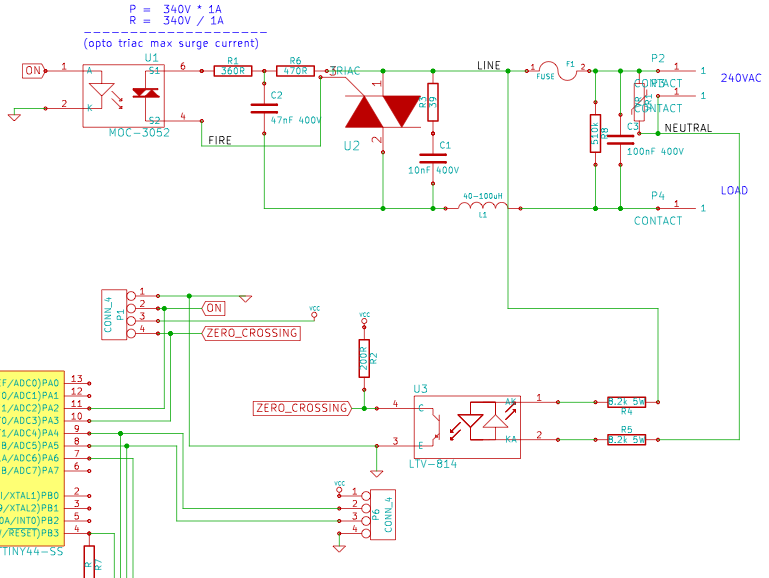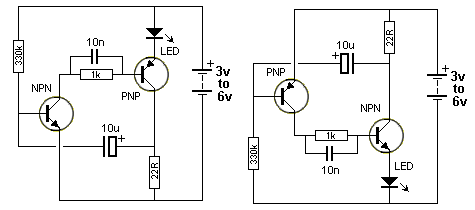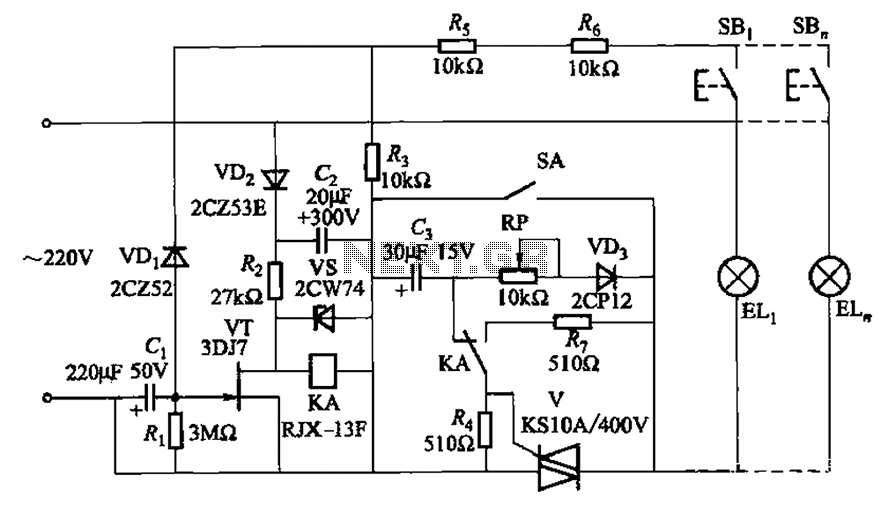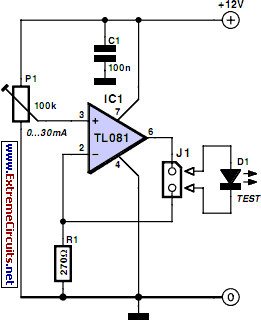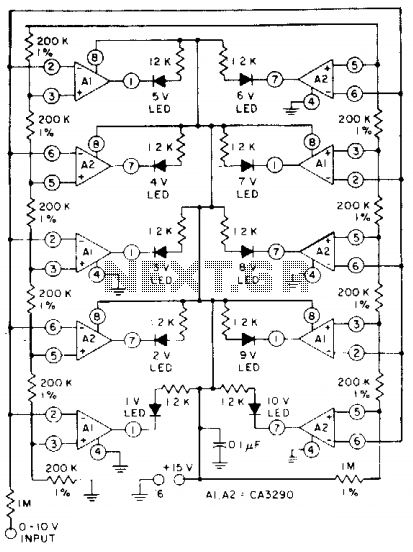
230 V 50Hz AC (or 110V 60Hz) Main Operated LED Powerful NIGHT LAMPCircuit

If you plan to use this circuit with a 110V 60Hz supply instead of a 230V 50Hz supply, or if you intend to modify this circuit, please refer to the section titled "Common Questions about this Circuit" found below the instructions. It is important to note that there are two circuit diagrams provided; the first diagram is recommended, while the second diagram is intended for experimental purposes only and should not be attempted at home. The creator of this circuit will not be liable for any damages or losses. Safety should always be the top priority. If you plan to use this circuit with a 110V 60Hz AC main supply, change the capacitor (C1) to a 0.68 µF (684 / 250 Volts) polyester capacitor. Additionally, reduce the value of resistor R1 to 220 ohms, rated at 1/2 watt. Ensure that the circuit uses 3.2-volt, 25mA bright LEDs.
For the implementation of a circuit designed to operate at 110V 60Hz, it is essential to make specific adjustments to the components to ensure safe and effective operation. The circuit typically utilizes a capacitor (C1) that should be replaced with a 0.68 µF polyester capacitor rated for at least 250 volts. This change is crucial as it allows the circuit to handle the lower frequency and higher current associated with the 110V supply.
In addition to the capacitor modification, the resistor R1 must be adjusted to a value of 220 ohms with a power rating of 1/2 watt. This adjustment is necessary to maintain the appropriate current flow through the circuit, which is critical for the operation of the LEDs. The specified LEDs should be bright, operating at 3.2 volts and drawing 25mA, ensuring adequate brightness and visibility in the intended application.
The first circuit diagram provided serves as the primary reference for the correct configuration of these components. The second diagram, while included for experimental purposes, may not provide reliable results and should not be constructed in a typical home environment. Safety precautions must always be observed when working with electrical circuits, particularly when dealing with high voltage supplies. Proper insulation, component ratings, and adherence to electrical standards are vital to prevent any hazards or malfunctions.If you have plane to use this Circuit on 110V 60Hz instead of 230V, 50Hz, or want to modify this circuit, Then See the Section " Common Question about this Circuit" below the "instruction". Also Note that here is two circuit diagrams, so the first one is recommended. the second one (as i tried) is for experimental purpose only, so don`t trythe second one at home. i will be not liable for any Damage/Loss(es). Please be careful because your safety is better than everything. If Your plane is to use this circuit with 110V 60Hz AC main Supply then change CI to 0. 68 F (684 / 250Volts) polyester capacitor. Reduce the value of R1 to 220 © 1/2 watt. Ensure that you use 3. 2 volt 25mA Bright LED`s 🔗 External reference
For the implementation of a circuit designed to operate at 110V 60Hz, it is essential to make specific adjustments to the components to ensure safe and effective operation. The circuit typically utilizes a capacitor (C1) that should be replaced with a 0.68 µF polyester capacitor rated for at least 250 volts. This change is crucial as it allows the circuit to handle the lower frequency and higher current associated with the 110V supply.
In addition to the capacitor modification, the resistor R1 must be adjusted to a value of 220 ohms with a power rating of 1/2 watt. This adjustment is necessary to maintain the appropriate current flow through the circuit, which is critical for the operation of the LEDs. The specified LEDs should be bright, operating at 3.2 volts and drawing 25mA, ensuring adequate brightness and visibility in the intended application.
The first circuit diagram provided serves as the primary reference for the correct configuration of these components. The second diagram, while included for experimental purposes, may not provide reliable results and should not be constructed in a typical home environment. Safety precautions must always be observed when working with electrical circuits, particularly when dealing with high voltage supplies. Proper insulation, component ratings, and adherence to electrical standards are vital to prevent any hazards or malfunctions.If you have plane to use this Circuit on 110V 60Hz instead of 230V, 50Hz, or want to modify this circuit, Then See the Section " Common Question about this Circuit" below the "instruction". Also Note that here is two circuit diagrams, so the first one is recommended. the second one (as i tried) is for experimental purpose only, so don`t trythe second one at home. i will be not liable for any Damage/Loss(es). Please be careful because your safety is better than everything. If Your plane is to use this circuit with 110V 60Hz AC main Supply then change CI to 0. 68 F (684 / 250Volts) polyester capacitor. Reduce the value of R1 to 220 © 1/2 watt. Ensure that you use 3. 2 volt 25mA Bright LED`s 🔗 External reference
